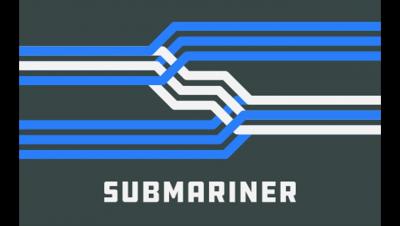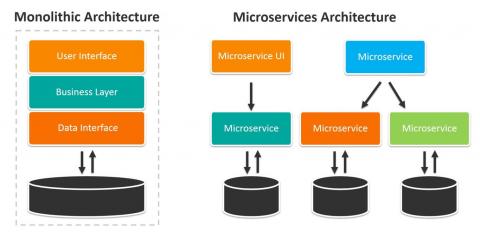Considerations When Designing Distributed Systems
Today’s applications are marvels of distributed systems development. Each function or service that makes up an application may be executing on a different system, based upon a different system architecture, that is housed in a different geographical location, and written in a different computer language.









